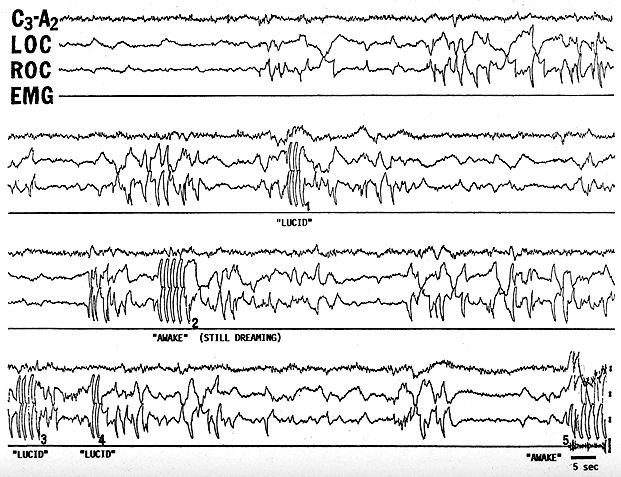Dr. Arianna Maffei gave a wonderful presentation on Neural Circuits Plasticity. During her presentation, we learned so much about neurobiology and the mechanism of learning. For example, how food that is good for you is palatable and spoiled food is that is bad for you. Before the presentation, I knew about how the different tastes such as sweet, salty, and the others. However, I did not know about the pathways from the mouthto the brain. It was very interesting to learn how the pathway starts from the TRCto the Insular Cortex. Another topic that was apart of the presentation was on how taste has sensory and affective components. Dr. Maffei explained about an experiment featuring a rat and drinking sucrose. But, during the experiment, the scientist made the rat sick and this affected his experience. After that experience, the rat avoided the sucrose and chose the water instead. This experiment was a perfect example about conditioned taste aversion. Dr. Maffei also showed us how the parts of the brain involving our taste buds. We saw how the neuron in motor cortex look similar to those in taste cortex but respond to different stimuli through the images Dr. Maffei provided. Some of the neurons in the motor cortex project their signal to the spinal cord. They are known as corticospinal neurons. Dr. Maffei explained how a lot of research of Parkinson’s disease involves the corticospinal tract and the neurons. It was amazing experience having Dr. Maffei give a presentation based on Neural Circuits Plasticity and seeing all the different images of the neurons and the brain was incredible.
Category Archives: Assignments
Sleep Research/Artwork Proposal: Lucid Dreaming
Sleep is what we need to survive. Our bodies and our minds need rest. A topic that piqued my interest is Lucid Dreaming. Lucid dreaming is a process where you are aware you are dreaming and take control of the dream. Many people try to discredit it as a new age “trend” and say it’s not possible, however, there are research studies that prove Lucid Dreaming is possible. People who can lucid dream are in REM Sleep and one study shows how EGG tracked their eye movements. Some people have trained themselves to do it, it can happen at random for some people. After doing more research, I found a whole foundation called The Lucid Art Foundation. Founded in 1998, this foundation supports artists whose work is dedicated to consciousness. One of their exhibits was titled “The Colour of My Dreams”, a series of surrealist art featuring paintings, sculptures, and film. On the website, it states that this exhibits “…The exhibition provided a stunning overview of one of most important movements of the 20th century and features a number of signature works by more than 80 artists including Dali’s “Lobster Telephone”, Ernst’s “The Forest”, Miró’s Photo “This is the Colour of My Dreams”, Giacometti’s “Spoon Woman”, Carrington’s “The House Opposite” and Man Ray’s “Emak-Bakia,” among many others. It will also reveal, for the first time, the Surrealists’ passionate interest in indigenous art of the Pacific Northwest and the little-known influence of early Hollywood cinema on the development of Surrealist film” (Vancouver Art Gallery).
For my project proposal, I believe I will make a digital art piece based on my personal interpretation of Lucid Dreaming. I plan on incorporating the patterns from the scans in my piece.


Gordon Onslow Ford Man on a Green Island Oil on canvas, 28 5/8” x 36”, 1939
Sources:
https://www.medicalnewstoday.com/articles/323077.php#6
https://science.howstuffworks.com/life/inside-
the-mind/human-brain/lucid-dreaming.htm
http://www.lucidity.com/slbbs/index.html
http://www.lucidart.org/
http://www.lucidart.org/the-colour-of-my-dreams
Neuro Assignment:William Utermohlen
For an assignment, we had to bring in something neruo. I researched about an artist who suffered from Alzheimer’s. His name was William Utermohlen. He was an American artist known for his paintings and drawings. Before he was diagnosed with Alzheimer’s, he has done many self portraits. They were really detailed and realistic. But after his diagnosis, you can see the dramatic art shift between his self portraits. He began drawing many self portraits until 2000. He passed away during the year of 2007 but his wife said I say he died in 2000, because he died when he couldn’t draw any more. He actually died in 2007, but it wasn’t him by then.”

1967 (Before Alzheimer)

1996(Post Alzheimer’s)

2000
Images from demilked.com
First Post
Hello world!
Welcome to your brand new blog at SB You: Web Publishing for You.
To get started, simply log in, edit or delete this post and check out all the other options available to you. Consider joining the Stony Brook SB You user group on Yammer.
For assistance, visit our comprehensive support site and check out our Edublogs User Guide guide.
You can also subscribe to our brilliant free publication, The Edublogger, which is jammed with helpful tips, ideas and more.
